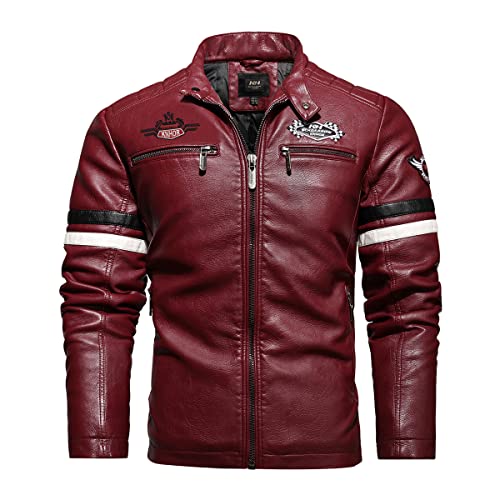With gas slipping over $3.00/gal and installation of a PCIII days away, I was interested in finding out how what MPG penalty speed caused. I wanted a comparative "before" and "after" so now was the time. I tried to make the test as emphiracal as possible and I believe it is, at least in relative terms.
Method:
I used a running start at the chosen speed. The "average mpg" was reset at the start and recorded at the finish. The test run was 8 miles of very level road that formed a "U" shape thereby negating any wind effect. The throttle lock was tensioned before hitting the reset and there was about a mile runup prior to the startline to settle on the speed.
Conditions:
Bike 2006 FJR AE
Temp 77f
Wind calm
Fuel 78 ron
Tires BT020
Rear 42psi
Front 39psi
Rider 225lbs
Results:
MPH - MPG
50 - 59.0
55 - 57.8
60 - 56.5
65 - 54.8
70 - 52.2
75 - 50.0
80 - 48.6
85 - 46.1
90 - 43.4
After the PCIII installation I will rerun the test and post it here.
I have observed that in checking the actual fuel used in a tank vs the MPG computer that there is a variance that typically exists of 1.5 - 1.8 mpg less.
[SIZE=18pt]SCIENTIFIC :grin: GAS MILAGE INVESTIGATION[/SIZE]
OK, it's good information to have, but how much gas did you waist running the test? I mean, what difference does it really make ?
AND, if it does make a difference, then I need figures for all temps. between 35f and 102f, for the weight of riders between 125 lbs thru 212 lbs., wind speeds between 2 kts and 20kts for angles of 02% thru 90%, all different tires made for the fjr (front and back), tire air pressure range of 3 lbs high and low of standard (front and rear tire), and to be accurate, I'll need the speeds in one mile increments from 25 mph to 75 mph. ( I only go the speed limit). I'll also need the average idle time per hr. of engine operation and type of road surface and crown % of each road traveled, angle and length of inclines and declines, average operating altitudes, relative moisture, barometric pressure, rpms at each shift point, type of gas for each brand, rider's type of clothing, i.e.: baggy or skin tight?, helmet (full face or open face,) amount and type of traffic bike is operating in, size of vehicles in traffic with bike,
angle of lean at each corner and circumfrence of each, brands of oil and each weight and volume used, types of oil filters and length of use, engine temps, weight of bike itself, weight of all items in riders pockets, air vents on jacket and pants open and closed, size and position of windsheild, each type of plug and age of plugs, each type and age of air filters, with each after market parts (for weight and air resistance), number of bugs on windshield and body work, etc.
If you ran all the above tests in each possilbe combination it would take years and thousands of gal. of gas for the tests. And what does it prove, that we would ride our bikes even if the milage was poor.
If we really cared about milage, we would NEVER:
1. make jack rabbit starts from a light.
2. go over the speed limit
3. rev the bike when stopped at a light
4. do wheelies
5. spin a tire
6. participate in a "speed contest"
7. go on a twisty to get home when a straight road was 5 miles shorter.
8. take a passanger for a "joy ride"
9. shift at any rpm other than optimum.
10. RIDE THE BIKE FOR NO REASON! RIDE JUST BECAUSE WE LOVE TO RIDE!
I bet there is no one anywhere who follows all the above items. If they do it because they have their mother on the back of the bike!
I'll stop here because I think you get the point. What difference does gas milage make if you love to ride and FJR. Are you not going to ride because you get poor gas milage?
You can make sure all the conditions are just right for a "good gas milage ride" only to find that the temp. went up 5 %s during your ride, thus screwing up all your, hundreds of hours of work to find that "best milage" combination.
Anyone who rides a bike for pleasure ( I assume most of us do) and worries about gas milage had better sell the bike and start walking.
The exercise would probably do us all good anyway!
CK






































































